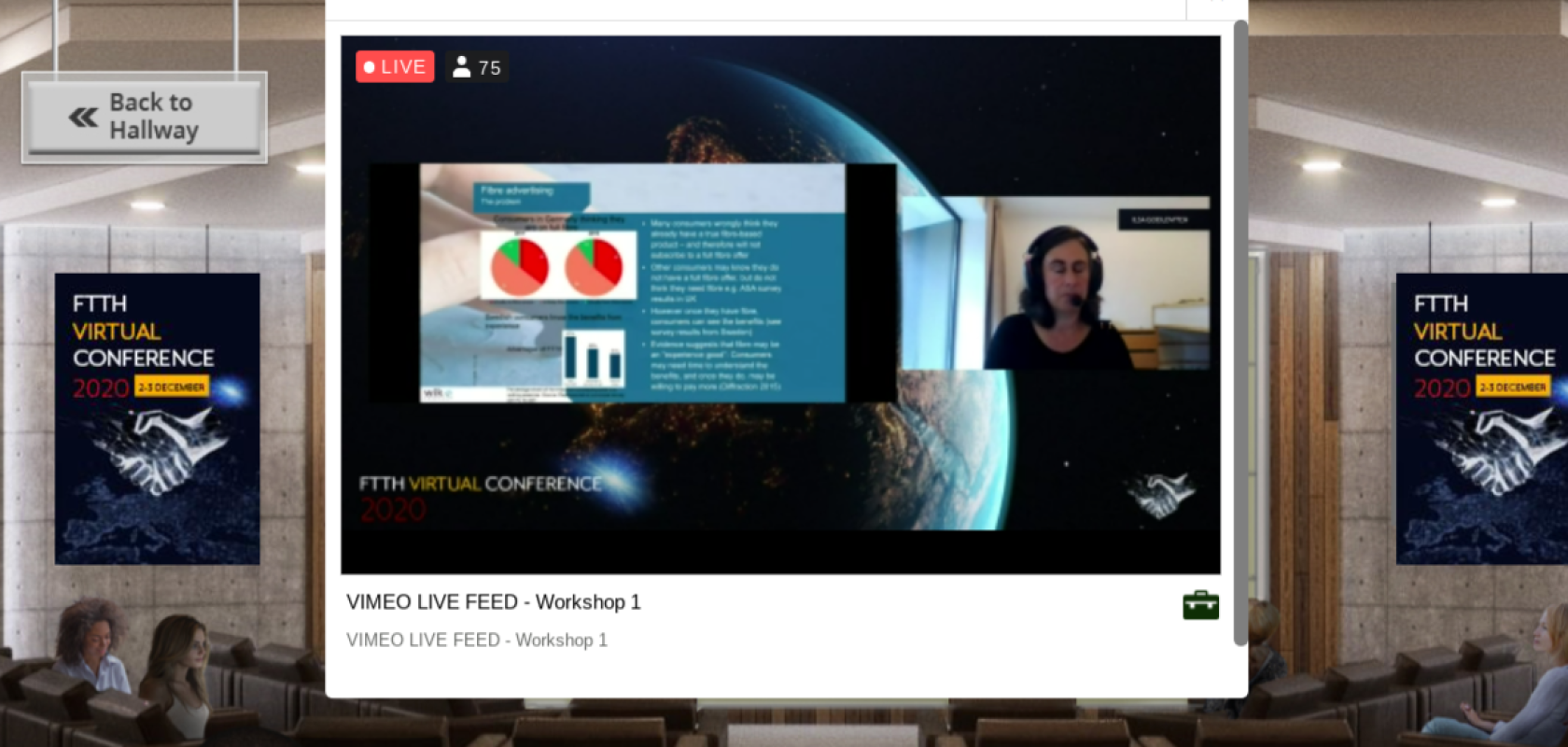The FTTH Council Europe has revealed its latest report, Identifying European Best Practice in Fibre Advertising. In light of the report’s findings, the council has called for action against misleading advertising claims.
The report, prepared by WiK, and presented at the FTTH virtual Conference by the research firm’s Ilsa Godlovitch, finds that European consumers are confused about the terms used to market broadband access technologies. They find it difficult to identify, said the report, which networks provide the best performance. Consumers often think they have fibre access when in fact they do not.
Telecom regulatory authorities have an objective to promote investment in, and take up of Very High Capacity Networks, said the council, which is understood to be fibre to the home (FTTH) and fibre to the building (FTTB). But these authorities usually have limited scope to address issues of awareness in advertising.
Meanwhile, Advertising Standards Authorities (ASA) do have competence over advertising, but may have less expertise to grasp the wider implications of different technological solutions for broadband. They also have no mandate to promote the objective of fostering investment in, and take-up of fibre networks.
A recent example of this took place last year in the UK, when the market’s ASA was subject to the filing of a judicial review by CityFibre over its decision to allow the term ‘fibre’ to be used in advertising by service providers to cover broadband delivered over hybrid networks containing coaxial or telephone cables as well as optical fibre. The High Court of Justice ultimately ruled in favour of the authority.
The FTTH Council’s study found that the strongest and most effective forward-looking interventions in the market were driven by the National Regulatory Authority (NRAs) or Digital/Telecom Ministry of the country in question, rather than the Advertising Authority. Those interventions have ranged from a labelling regime in Italy introduced by AGCOM to a prohibition on the use of the term ‘fibre’ in France except where fibre genuinely reaches into the home or premises.
WiK’s report also includes policy recommendations such as guidelines at EU level by the European Commission to foster the involvement of NRAs and/or Ministries across Europe and better align policy approaches to advertising broadband with the objectives established under the Code. The review of the Broadband Cost Reduction Directive provides an opportunity to consider mandatory labelling schemes to address the problem.
Vincent Garnier, director general of the FTTH Council Europe said: ‘We call on European policy-makers to address the issue of misleading advertising and we believe that when assessing cases, the experience of NRAs would make a huge difference. The revision of the Broadband Cost Reduction Directive is also an opportunity to address this critical issue and the FTTH Council Europe proposes the introduction of a “fibre-ready” label for new buildings and major renovations.’ said Vincent Garnier, Director General of the FTTH Council Europe.
Eric Festraets, president of the council added: ‘Italy and France have shown that the problem of misleading advertising for fibre products can be tackled. There are a number of positive examples of controls on fibre advertising and the FTTH Council Europe believes that now is the time to take action at EU level so that all European consumers and businesses can make an informed choice about the products which are available to them.’


